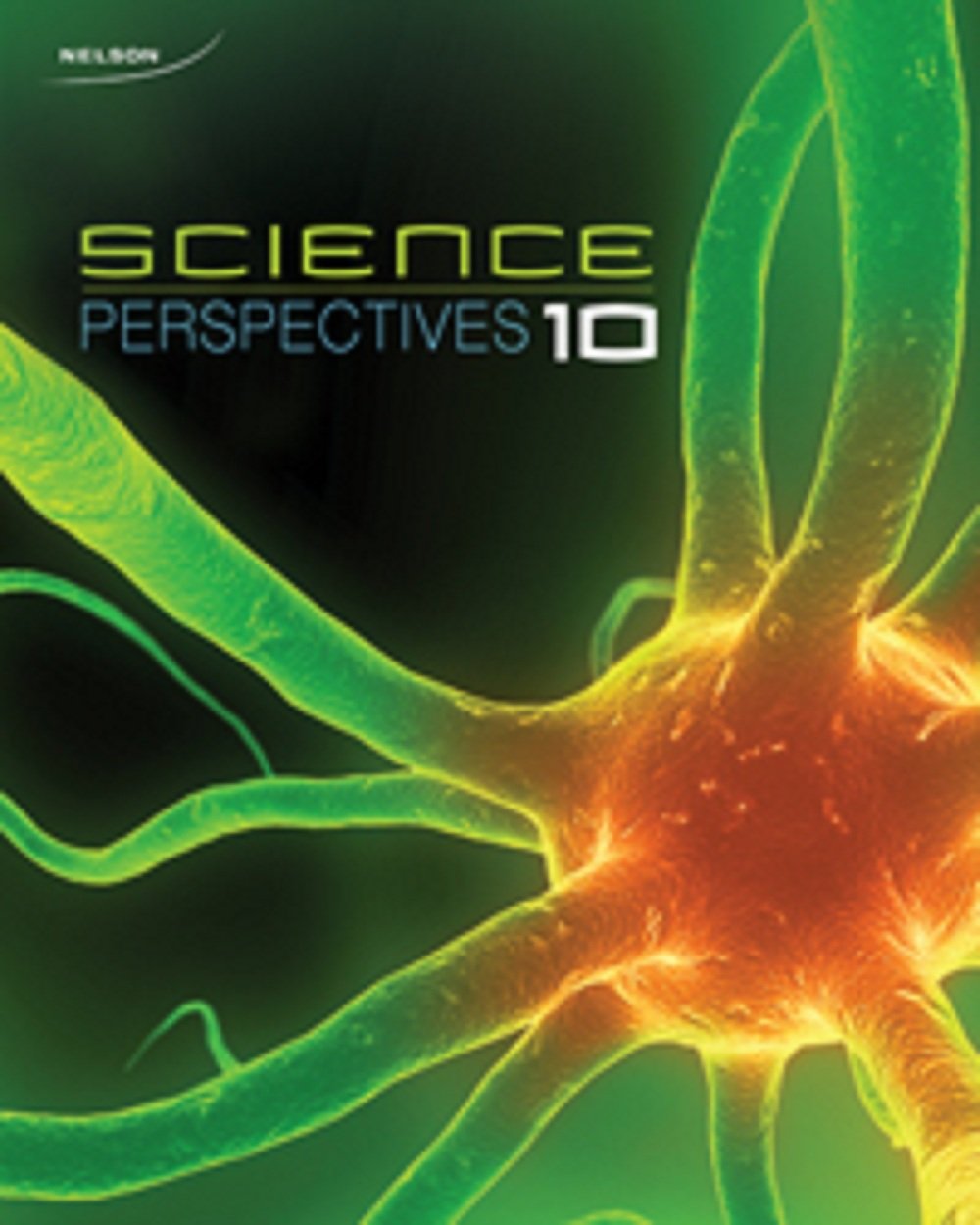
Nelson Science Perspectives 10
1st Edition
ISBN: 9780176355289
Textbook solutions
All Solutions
Page 367: Self-Quiz
Exercise 17
Result
1 of 1
The greenhouse effect keeps the sun’s energy within the atmosphere and does not allow much back out. This effectively traps the energy
Exercise 18
Step 1
1 of 3
a) Living things eat plants and use resources as shelter or to make it. Also the resources they eat and excrete can alter the climate, such as cows burping out methane, a greenhouse gas
Step 2
2 of 3
b) photosynthesis uses carbon dioxide, and release gas, and respiration uses oxygen and releases carbon dioxide
Result
3 of 3
a) Living things eat plants and use resources as shelter or to make it. Also the resources they eat and excrete can alter the climate, such as cows burping out methane, a greenhouse gas
Exercise 19
Result
1 of 1
Climate is long-term and often predictable. Weather is day to day and can only be forecasted days in advance
Exercise 20
Step 1
1 of 4
a) Energy transfer allows for the growth of all organisms and for climates to form
Step 2
2 of 4
b) Energy is transferred via wind in the atmosphere due to changes in pressure
Step 3
3 of 4
c) Energy is transferred through currents in the ocean
Result
4 of 4
a) Energy transfer allows for the growth of all organisms and for climates to form
Exercise 21
Step 1
1 of 3
a) a) as temperature increases, the vaporization of water into water vapor increases. As temperature decreases, the vaporization of water into water vapor decreases.
Step 2
2 of 3
b) As ice forms, the albedo (amount of reflection of the sun’s energy) increases. As this reflection increases, temperatures lower, and more ice forms
Result
3 of 3
a) a) as temperature increases, the vaporization of water into water vapor increases. As temperature decreases, the vaporization of water into water vapor decreases.
Exercise 22
Step 1
1 of 3
a) The warm Gulf Stream current will bring warm weather and precipitation to land it passes
Step 2
2 of 3
b) Cold ocean currents bring cold air and precipitation to land it passes
Result
3 of 3
a) The warm Gulf Stream current will bring warm weather and precipitation to land it passes
Exercise 23
Result
1 of 1
The climate system is the collection and intersection of realms that create Earth’s climate
Exercise 24
Step 1
1 of 3
CFC’s enter the stratosphere and eat at the ozone layer by undergoing chemical reactions with ozone to lessen its abundance
Step 2
2 of 3
Ozone concentration is increasing due to the banning of CFCs that were used in aerosols
Result
3 of 3
CFC’s enter the stratosphere and eat at the ozone layer by undergoing chemical reactions with ozone to lessen its abundance
Exercise 25
Result
1 of 1
Earth radiates as much of the suns energy as it absorbs. All of the components of the climate system work together to keep climate as consistent as possible to allow for life.
Exercise 26
Result
1 of 1
An increase in carbon dioxide is an increase in greenhouse gas, which would lead to climates around the Earth warming since more of the sun’s energy will be trapped within. The increase in temperature will negatively effect the polar bear population since the habitat of the polar bears will be melting
Exercise 27
Result
1 of 1
All organisms have evolved to survive in their respective climates, so if climates change too quickly, organisms may not be able to evolve quick enough and may go extinct
unlock

